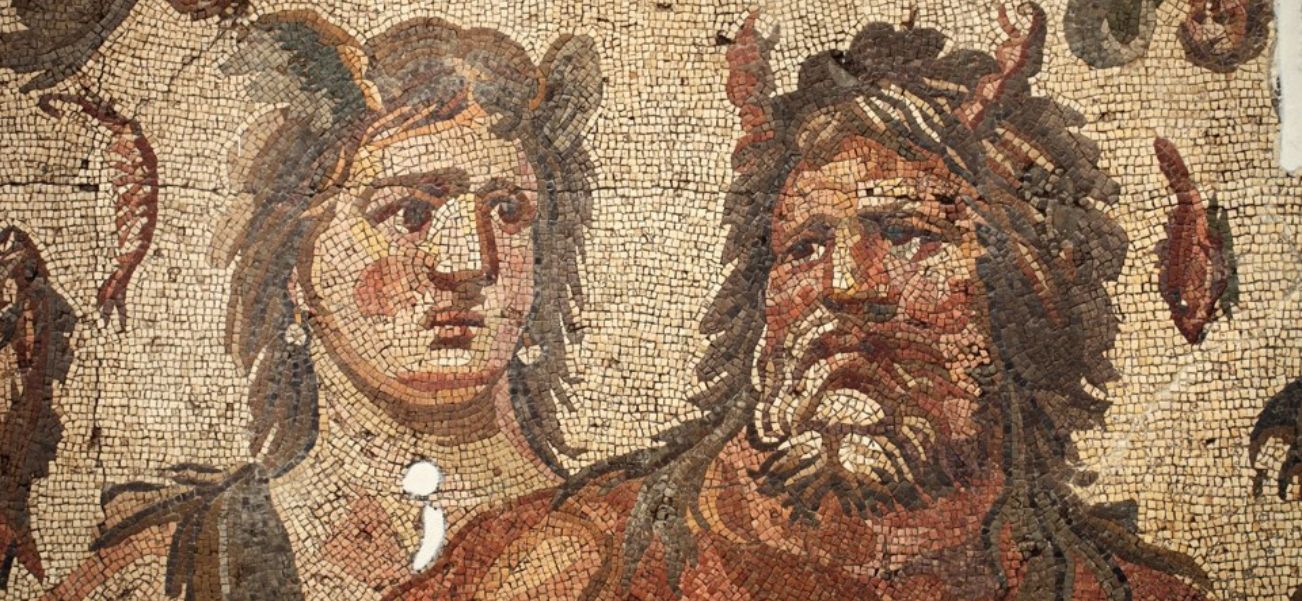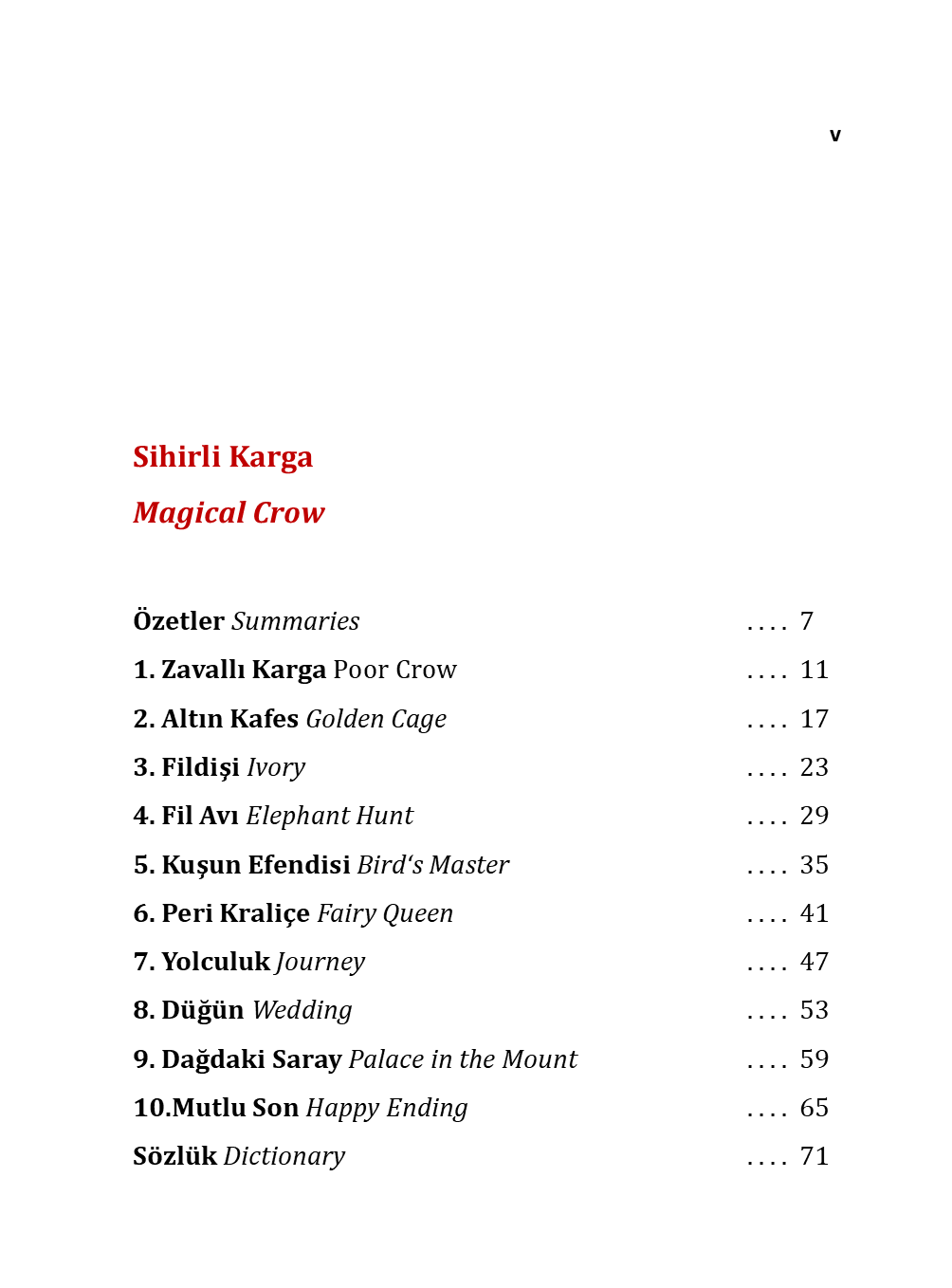
Istanbul's Byzantine Gems: Exploring Constantinople's Legacy
Istanbul, once the mighty Constantinople, is a treasure trove of Byzantine history. From the awe-inspiring Hagia Sophia to the ancient Theodosian Walls, the city whispers tales of emperors, mosaics, and grand ceremonies. Hidden cisterns, sacred relics, and timeworn churches reveal a golden age of art, faith, and power.
Here’s a definitive list of the top 20 Byzantine wonders in Istanbul, showcasing the grandeur of the Eastern Roman Empire. These include churches, palaces, cisterns, and fortifications—many of which still stand today.
ISTABUL'S BYZANTINE WONDERS: A TRAVELER'S GUIDE
RECOMMENDED READING The Ultimate Istanbul Travel Guide: Discover The Soul Of Two Continents
Top 20 Byzantine Wonders in Istanbul
Hagia Sophia (Ayasofya)

Why visit? The ultimate Byzantine masterpiece, built in 537 AD under Justinian I.
A masterpiece of Byzantine architecture, Hagia Sophia has stood as a symbol of Istanbul’s rich history for over 1,500 years. Originally a cathedral, then a mosque, and now a museum, its towering dome, stunning mosaics, and grand design reflect the city’s layered past. Walk through its awe-inspiring halls and witness the blend of Christian and Islamic art—a true testament to Istanbul’s enduring cultural legacy. A must-see for every history lover!
Don’t Miss The "Deesis Mosaic", Imperial Gate, and the weeping column.
Hagia Sophia: A Timeless Masterpiece in Istanbul
Chora Church (Kariye Mosque)

Why visit? The best-preserved Byzantine mosaics & frescoes (14th century).
Step into the breathtaking Chora Church Museum, one of Istanbul’s finest Byzantine treasures. Famous for its exquisite mosaics and frescoes, this 4th-century gem tells biblical stories in dazzling detail. Once a monastery, then a mosque, and now a museum, its golden artwork and intricate designs showcase the height of medieval artistry. A quieter alternative to Hagia Sophia, Chora offers an intimate glimpse into Istanbul’s rich religious and artistic heritage. Don’t miss this hidden masterpiece!
Must-See "The Anastasis" (Christ’s descent into Hell).
Chora Church Museum: Istanbul's Byzantine Gem
Basilica Cistern (Yerebatan Sarnıcı)

Why visit? A spooky underground palace with 336 columns, built by Justinian.
Descend into the mysterious Basilica Cistern, a stunning underground marvel from Byzantine Istanbul. Built in the 6th century, this vast subterranean reservoir features towering columns, eerie Medusa heads, and tranquil waters reflecting its grand architecture. Once supplying water to the Great Palace, today it offers a mesmerizing journey through history. With its haunting beauty and cool atmosphere, the cistern remains one of the city’s most captivating hidden gems. A must-visit for history and mystery lovers!
Hidden Gem The "upside-down Medusa heads".
The Basilica Cistern: A Hidden Gem Beneath Istanbul
Theodosian Walls

Why visit? The 5th-century walls that defended Constantinople for 1,000 years.
Journey along the mighty Theodosian Walls, Constantinople’s legendary fortifications that stood unbreached for centuries. Built in the 5th century, these towering stone and brick defenses shielded the Byzantine capital from invaders with their imposing gates and massive ramparts. Today, their weathered ruins whisper tales of sieges and empires. A walk along these historic walls offers a tangible connection to Istanbul’s glorious past—perfect for history buffs and explorers alike. Don’t miss this open-air monument to resilience!
Best Spot "Edirnekapı" section (most intact).
Hippodrome of Constantinople

Why visit? The ancient chariot-racing stadium (now Sultanahmet Square).
Step into the heart of ancient Byzantium at the Hippodrome, where chariots once thundered before roaring crowds. Built in the 4th century, this grand arena was the stage for races, riots, and imperial ceremonies. Today, the Obelisk of Theodosius, Serpent Column, and German Fountain mark its outline in Sultanahmet Square. Wander this open-air museum and imagine the spectacle—where history, sport, and politics collided in Istanbul’s most thrilling public space!
Surviving Monuments Obelisk of Theodosius (Egyptian, 1500 BC), Serpent Column (from Delphi).
The Byzantine Empire: The Legacy of Istanbul’s Glory
Hagia Irene (Aya İrini)

Why visit? The "first church of Constantinople", never converted to a mosque.
Step inside Hagia Irene, Istanbul's oldest Byzantine church and a hidden architectural marvel. Built in the 4th century, this sacred space predates Hagia Sophia and uniquely survived unconverted as a mosque. Its cavernous nave, original atrium, and striking simplicity showcase pure Byzantine design. Once the Patriarchate's first home, it now hosts concerts beneath its dramatic dome. A rare, untouched treasure—Hagia Irene offers an authentic glimpse into Constantinople's early Christian legacy.
Aqueduct of Valens (Bozdoğan Kemeri)

Why visit? A 4th-century marvel that supplied water to Byzantium.
Marvel at the **Aqueduct of Valens**, a soaring 4th-century masterpiece that once quenched Constantinople’s thirst. Stretching 921 meters across Istanbul’s skyline, this two-tiered Roman relic—locally called *Bozdoğan Kemeri*—carried water from Thrace to the Great Palace. Today, its ancient arches frame modern traffic, blending Byzantine engineering with urban life. Walk beneath its shadow near Fatih and touch a living piece of history that still stands tall after 1,600 years.
Little Hagia Sophia (Küçük Ayasofya)

Why visit? A 6th-century prototype for Hagia Sophia, originally the Church of Sergius & Bacchus.
Discover the hidden charm of Küçük Aya Sofya, Istanbul's "Little Hagia Sophia." Built as the Church of Saints Sergius and Bacchus in the 6th century, this architectural gem predates its famous namesake with a similar elegant dome and intricate columns. Converted into a mosque, it now enchants visitors with serene courtyards and exquisite Byzantine craftsmanship. Often overlooked by tourists, this peaceful sanctuary offers an intimate glimpse into Istanbul's layered history—perfect for quiet reflection.
Great Palace Mosaic Museum

Why visit? Stunning 5th–6th-century floor mosaics from Justinian’s palace.
Unearth the opulence of Byzantium at the Great Palace Mosaic Museum, home to stunning 5th-6th century floor mosaics from Emperor Justinian's palace. These intricate artworks, spanning 250 sqm, depict hunting scenes, mythological figures, and daily life in vibrant detail. Preserved beneath Arasta Bazaar near the Blue Mosque, this hidden treasure offers a rare glimpse into imperial splendor. A must-see for art lovers—where every tile tells a story of Constantinople's golden age!
Pantocrator Monastery (Zeyrek Mosque)

Why visit? A 12th-century complex with three Byzantine churches merged into one.
Explore the monumental Zeyrek Mosque, once the glorious 12th-century Pantocrator Monastery—Byzantium's second-largest religious complex. Founded by Emperor John II Komnenos, its three interconnecting churches showcase exquisite brickwork and marble detailing. Converted into a mosque after the conquest, it still whispers of imperial burials and medieval frescoes. Tucked in Istanbul’s historic Fatih district, this understated treasure offers a rare window into Byzantine monastic life. A must for off-the-beaten-path history seekers!
Cistern of Philoxenos (Binbirdirek Sarnıcı)

Why visit? A 4th-century underground reservoir with 224 columns.
Delve into the atmospheric depths of Binbirdirek Cistern, a 4th-century marvel built by senator Philoxenos. This underground wonder—second only to the Basilica Cistern—features 224 soaring columns arranged in 16 rows, supporting a vast chamber once vital to Constantinople’s water supply. Today, its moody lighting and tranquil reflections create an enchanting escape. Often overlooked, this hidden gem offers a crowd-free journey through Istanbul’s Byzantine engineering brilliance. History beneath your feet awaits!
Column of Constantine (Çemberlitaş)

Why visit? Erected in 330 AD to mark the new Roman capital.
Standing tall since 330 AD, the Column of Constantine marks where Emperor Constantine dedicated his new capital, Constantinople. Known as "Çemberlitaş" ("Hooped Stone") for its iron reinforcements, this 35-meter pillar once bore a statue of the emperor as Apollo. Weathered by fires and earthquakes, it remains a poignant symbol of the city’s birth. Located near the Grand Bazaar, this ancient sentinel invites you to touch the very spine of Byzantine history.
More Istanbul's Byzantine Gems
- Pammakaristos Church (Fethiye Mosque)> A 13th-century church with dazzling gold mosaics.
- Blachernae Palace (Tekfur Sarayı) The last Byzantine imperial palace before 1453.
- Monastery of Stoudios (Imrahor Mosque) Istanbul’s "oldest surviving church" (5th century).
- Gül Mosque (St. Theodosia Church) A Byzantine church linked to the fall of Constantinople.
- Bucoleon Palace Ruins Remains of the seaside Byzantine palace near Sultanahmet.
- Church of St. Polyeuktos (Lost but Significant) A 6th-century church that inspired Hagia Sophia (only ruins remain).
- Atik Mustafa Pasha Mosque (St. Thekla Church?) A possible Byzantine church with mysterious origins.
- Galata Tower (Originally Christea Turris) Some believe it stands on a Byzantine foundation (debated).
Byzantine Istanbul Walking Tour (1–2 Days)
Day 1 (Sultanahmet Core)
1. Hagia Sophia → 2. Basilica Cistern → 3. Hippodrome → 4. Great Palace Mosaics → 5. Little Hagia Sophia
Day 2 (Off-the-Beaten-Path)
1. Chora Church → 2. Theodosian Walls → 3. Pammakaristos → 4. Zeyrek Mosque → 5. Blachernae Palace
Enjoy your trip to Istanbul!













